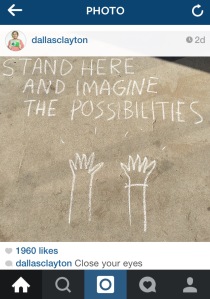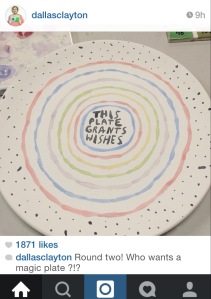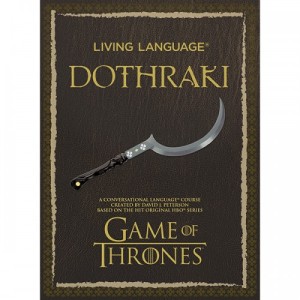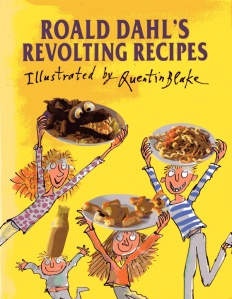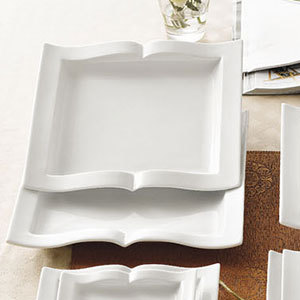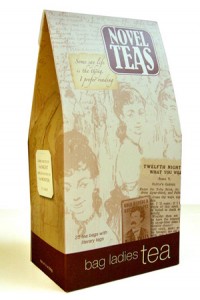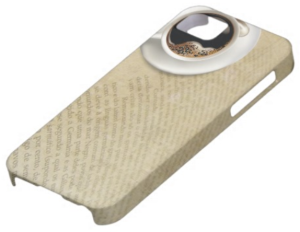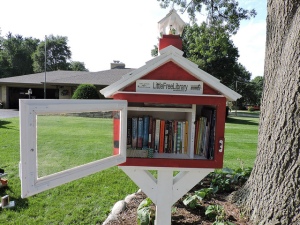52 blogging ideas for authors and experts, based on their book content
Many authors choose to publish a blog as a way to stay connected with their readers, promote books, build their brand, share ideas, grow and engage their readership. A blog helps you stay visible and relevant to your audience. Publishers look for authors with active, buzzing and growing communities of readers and a robust social media presence.
If you have just written a book, you may feel like you have exhausted your creative potential and squeezed every original thought out of your head. What else could you possibly write about in a blog? Don’t despair! Get your blog publishing calendar out and start filling it with these 52 blogging ideas. If you publish once a week, they will give you the whole year worth of material!
- Things that didn’t make into the book, such as background stories of the characters, descriptions of people and places, or details of the events;
- Your personal elaborations on the characters and the plot;
- Your motivation for writing the book;
- Your mission, goals and inspirations as an author;
- A brief video introducing you and your book to your audience;
- Alternative plot developments that could have happened;
- Questions that you struggled with as you were writing the book;
- Your answers to the readers’ questions;
- Your responses to the readers’ reviews and comments;
- The summary of benefits your readers can expect when they study and implement your ideas;
- The summary of pain points that your book addresses;
- Lessons, case studies and examples of application of the ideas in your book;
- Your personal favorite or least favorite parts of the book and why you chose them;
- Anchors, such as catchy phrases, memorable metaphors or anecdotes that can improve the recall of your book content;
- Tests and assessments that allow readers to evaluate their knowledge and skills;
- Your questions to your readership;
- Photos of any physical artifacts that became a part of your book or helped you in the writing process, with your commentary;
- Recipes of any food or drinks mentioned in the book;
- Sharing of how you implement your own ideas – live your truth – your personal successes and failures along the way;
- Your habits as a writer and your creative process;
- Guide questions and activities for book clubs that want to discuss your book;
- Your own interviews about the book;
- Interviews of other people who have read and used your book;
- Stories, scenarios, problems that build on your material and encourage readers to apply the strategies in your book;
- Additional activities and exercises to help your readers implement your ideas;
- Daily observations and spin offs that relate to your book content;
- Giving voice to different characters in your book by writing a post from their perspective on a situation or interviewing them;
- A collection of quotes from your book that can be easily shared on social media;
- A collection of quotes from book reviews;
- Endorsements of your book by other distinguished writers and experts;
- Press releases about your book signings and other public appearances;
- Unfolding a passage of your book with additional thoughts, illustrations, etc.;
- Making your characters and places come alive through drawings, cartoons, maps, photos, etc.;
- Creating and sharing an infographic or visual illustration of your book content;
- Commentary of the news and current events that can be related to your book content;
- Guest posts from your readers or other writers;
- Reader contests where you ask your readers to submit some content, such as their stories, reviews, designs, for a chance to win a prize;
- Participating in a blog tour where other bloggers get to interview you about your book;
- Clips from newspapers, magazines and other publications about you and your book;
- How-to lists based on your book content;
- Before and after photos that illustrate the implementation of your system or strategies;
- Reader “makeover” challenges where you follow and write about some readers who are using your book to improve their lives;
- DIY projects based on your book content;
- Crossword puzzles based on your book content;
- Reviews of other books with complementary topics;
- Product and service suggestions based on your book content;
- Recap of your social media activity with most popular tweets, Facebook updates, LinkedIn discussions, readers’ comments, etc.
- Brief audio or video tips based on your book content;
- Teasers of your upcoming books;
- Brainstorming future book ideas with your readers;
- Asking readers’ opinions on your titles, book covers, etc.;
- Sharing your work process and progress if you are writing another book.
What do you write about in your blog? Share in the comments below.
P.S. Multimedia solutions, such as brief video explainers, games, assessments, scenarios, and animations, can make your content marketing more engaging. Want our opinion on what kind of multimedia solution you could create? We’ll mentor you for free.
Click here to set up a free rapid fire mentorship session with us.





